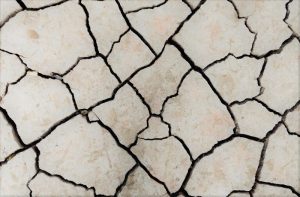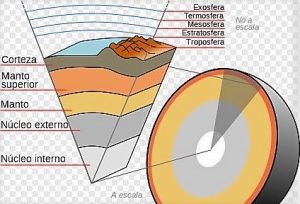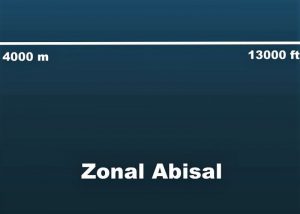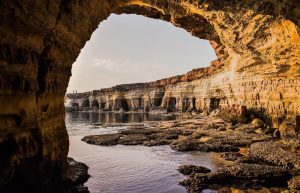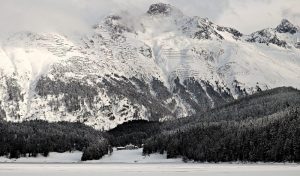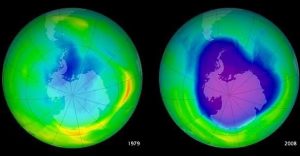Lithosphere
The lithosphere is the outermost layer that surrounds our planet and is formed by the earth's crust and part of the mantle. The term lithosphere comes from the Greek, lithos which means stone and sphere. It is a solid, hard layer, and it is the most superficial layer that exists. Its external part forms the islands and the continents and because of this we are in direct contact with it. It is formed by solid materials and encloses the continental crust, the oceanic crust and the superficial part of the terrestrial mantle. It is divided into tectonic plates; these plates are constantly moving over the asthenosphere.
What is the lithosphere?
The lithosphere is the outer layer that surrounds the earth, which consists basically of the earth's crust and a part of the mantle that covers the earth, this is the most superficial layer that exists. It is divided into different tectonic plates along its layer which are in constant movement.
Lithosphere characteristics
The elements that compose the lithosphere are of rigid consistency and their components can be inorganic produced by the decomposition and rocks weathering found on the surface. It is composed mainly of sedimentary and igneous rocks. Its upper part is composed of magmatic formations and may also present sedimentary rocks. In the continents, it is formed mainly by granite rocks that form a solid layer. It is also made up of minerals, organic substances and living organisms, water and gases. When the organisms are decomposed, they become an important part of the humus soil. The lithosphere is divided into plates, these are limited to areas of seismic, volcanic and tectonic activity depending on the plates’ boundaries.
Lithosphere composition
The lithosphere is composed of solid materials and encompasses the continental crust. It is also formed by the oceanic crust and tectonic plates that move slowly and which are as large as a continent. It is composed of elements such as oxygen, sulfur, aluminum, iron, calcium, and magnesium.
Layers
The earth is made up of three different layers of which only two belong to the lithosphere, the crust and part of the earth’s mantle:
- Crust: It is made up of basaltic rocks and granite. It has geographical features that are perceptible to us, such as mountain ranges, mountains, plains, etc.. It is also present in the continental masses
- Mantle: The mantle is formed by different elements such as magnesium, iron, calcium and aluminum silicates. The mantle is divided into two different layers, upper and lower, which are responsible for tectonic plate
- Core: The core is divided into an outer core that is made of cast iron. The inner core is surrounded by the outer core and is solid in nature.
Lithosphere formation
It was formed when the outer layer of incandescent material cooled. Throughout geological history, our planet has been transformed and has undergone different changes caused by different processes. Since the beginning of the 20th century, scientists have been studying the lithosphere’s configuration to try to explain its genesis, the best known being the Continental Drift Theory. Then, the Expansion of the Seabed Theory and finally, the Plate Tectonics Theory. All these different theories complement each other, always leading to the same conclusion.
Motion
Is in the lithosphere where tectonic plates move. These plates move from one to another at any given moment. These plate movements cause intense earth’s crust deformations, which has given rise to large mountain chains. Tectonic plates are composed of two types of lithosphere, the continental crust and the oceanic crust. The tectonic plate theory proposes that the lithosphere is divided into a series of fragments called plates that move horizontally relative to each other. The origin of this movement is by convection and subduction.
Importance
The lithosphere is one of the most important layers of earth, because it is the place where all geological processes take place and where life manifests itself. It is the outer layer of the earth and is fundamental to the proper ecosystems functioning, necessary for life. It gives us a solid base with the soil, gives us the right place for the growth of plants and animals that inhabit the earth, and also contains many minerals and important elements for human development and nutrients necessary for living beings to feed and develop properly. We also find in it, metallic minerals such as copper and iron, important for human life.
How to cite this article?
Briceño V., Gabriela. (2019). Lithosphere. Recovered on 4 May, 2025, de Euston96: https://www.euston96.com/en/lithosphere/
